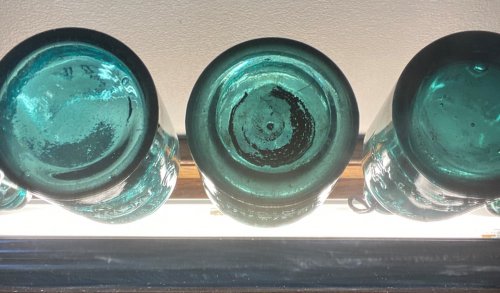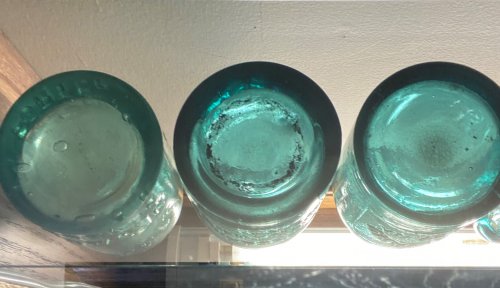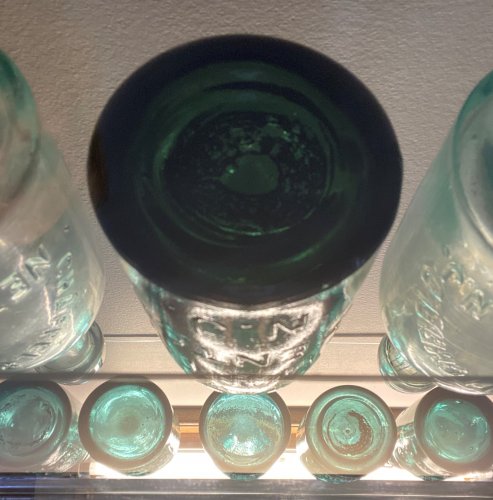Harry Pristis
Well-Known Member
but it could also strengthen the base some, is there a basis to say it doesn't.
Yes, I think there is evidence. If this were a technique to strengthen the base, we would see it used frequently on other bottles. You made an assertion with no evidence to back it up. It would have been better to just acknowledge it.




